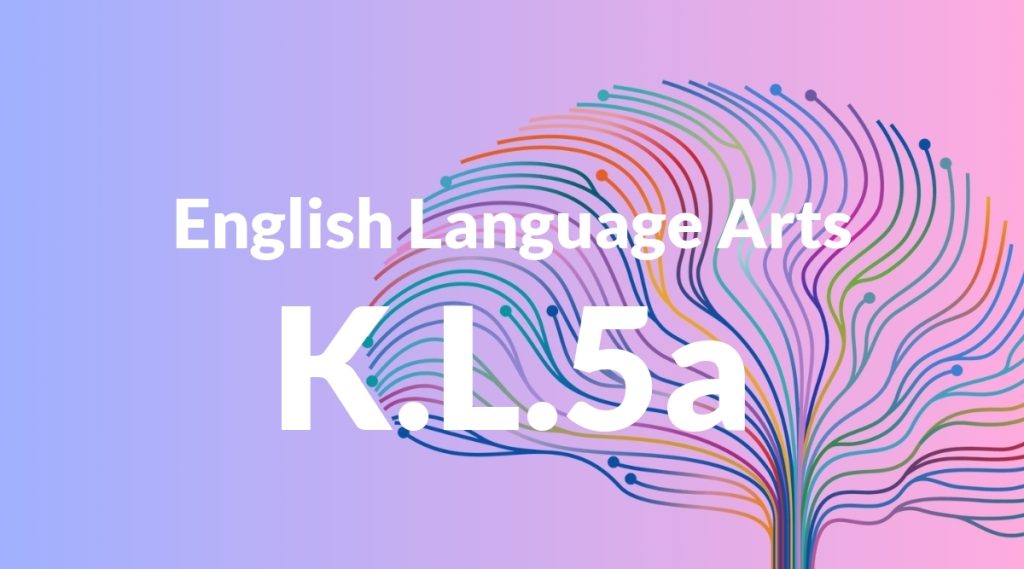Standard: K.L.5a – Sort common objects into categories (e.g., shapes, foods) to gain a sense of the concepts the categories represent.
Grade level: Kindergarten
Subject: English Language Arts
Domain: Language
Teacher Overview
This standard focuses on helping kindergarten students sort common objects into categories, which is a foundational skill in language development and cognitive organization. By categorizing objects, students gain a better understanding of the concepts the categories represent, enhancing their ability to describe and communicate about the world around them. Students should be familiar with a variety of common objects and their characteristics. They should be able to name and describe these objects before attempting to sort them into categories.
Mastering this standard will prepare students for more advanced classification and categorization tasks. They will also develop a richer vocabulary and better descriptive language skills, which are essential for effective communication and learning across subjects.
Common Misconception 1
Some students might think that an object can only belong to one category. This is incorrect because many objects can fit into multiple categories based on different characteristics. For example, a tomato can be categorized as both a fruit and a vegetable.
Intervention 1
Use Venn diagrams to visually demonstrate how objects can belong to multiple categories. Provide examples and engage students in sorting activities that require them to place objects in overlapping categories.
Common Misconception 2
Another common misconception is that categories are fixed and cannot change. Students may not realize that categories can be flexible and based on different criteria. For instance, toys can be sorted by color, type, or size.
Intervention 2
Encourage students to create their own categories and reorganize objects based on different criteria. This helps them understand the fluid nature of categorization and improves their critical thinking skills.
Prerequisite Knowledge
Students should have a basic understanding of different types of objects and their characteristics. They should also be able to identify and name common objects in their environment.
Subsequent Knowledge
After mastering this standard, students will develop the ability to recognize patterns and relationships between objects, which will help in more complex classification tasks. They will also improve their vocabulary and descriptive language skills.
Instructional Activities
- Sorting classroom objects into different categories
- Using Venn diagrams to explore overlapping categories
- Creating custom categories for objects and explaining their choices
- Playing sorting games with toys and household items
- Reading books that involve categorization and discussing the categories used




